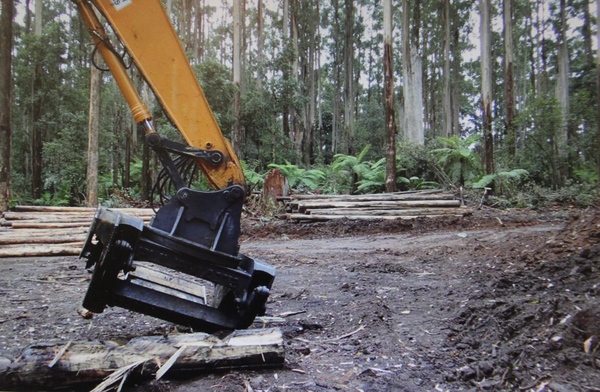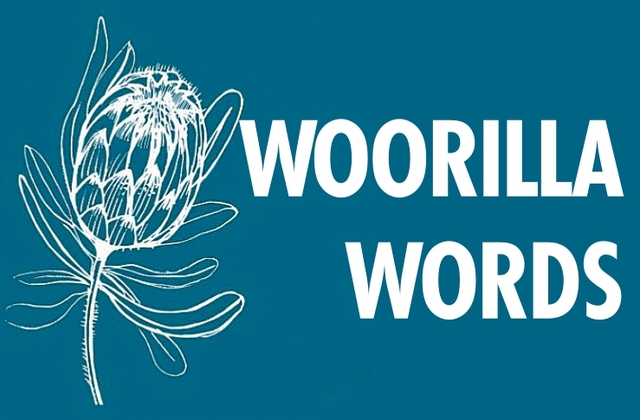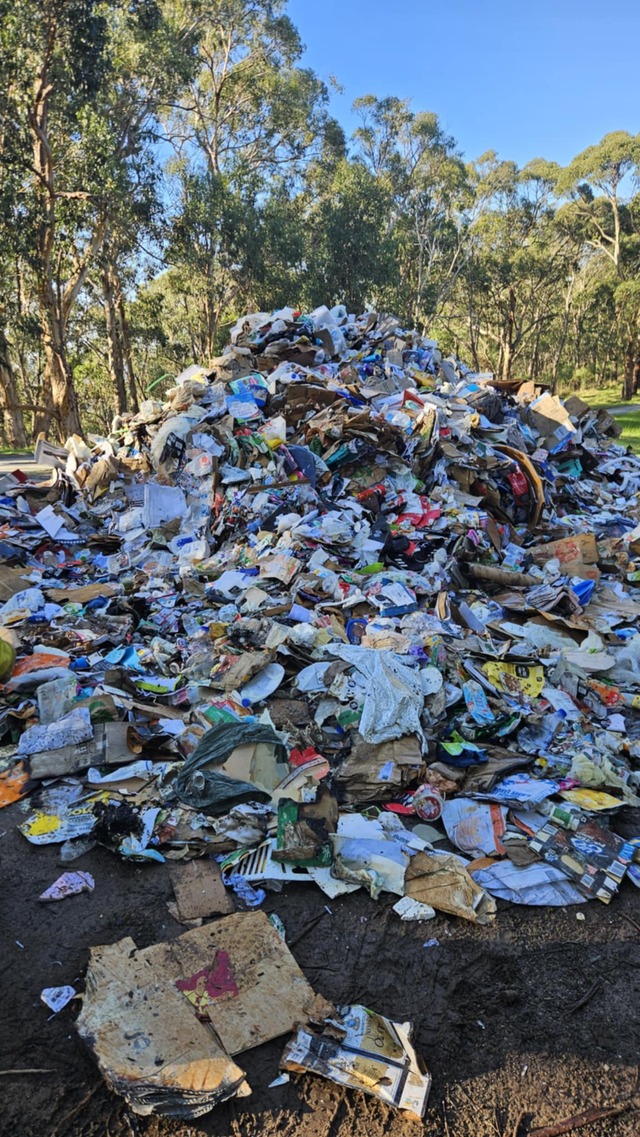A leading Australian ecologist and former Warburton resident says Yarra Valley locals should be “very concerned” about the impact of logging on bushfire severity.
Australian National University professor David Lindenmayer was among a group of five scientists that recently released a comment paper on the impacts of logging on recent summer bushfires.
The research, published in Nature Ecology & Evolution, found that logging had a profound impact on the severity of bushfires.
Mr Lindenmayer has worked in the Yarra Valley and Central Highlands for about 37 years.
He said there were numerous reasons for the research findings.
“When a forest is logged a huge proportion of the biomass is actually left in the forest,” he said.
“About two years later that material is burnt but only half is volatised, which is what is known as smoke.
“Half of it actually stays in the forest, even though there has been a fire through it, and so that adds to the fuel.”
Mr Lindenmayer said research found that logging also dried out forests, making them more flammable, by removing moist elements such as tree ferns.
He added that forest regeneration created a field of young trees and those that die, because they lose the race for light, add to the fuel load.
“The forest is drier, it has more fuel in it and the architecture of the forest has changed. They are the key mechanisms which are giving rise to this problem,” Mr Lindenmayer said.
“The evidence of this is compelling.”
Mr Lindenmayer said townships like Warburton should be concerned about the findings.
“I worry about places like Healesville, like Powelltown and Noojee because of the proximity of high risk,” he said.
“They should be very concerned, I used to live in Warburton, my wife’s family is from the Yarra Valley…I lost friends in Marysville, I lost friends at Steels Creek. I am acutely aware of the dangers that come with this.
“There’s no doubt that the most severe problems with fire are created by fire weather and climate but then logging adds significantly to that as well.
“That’s a problem that we can do something about by not logging forests close to townships.”
Melbourne University honorary associate professor in fire ecology and management, Kevin Tolhurst, disagreed with the research findings.
“It was fairly inconclusive and what that comment paper really did was it didn’t actually provide any evidence for the argument or the conclusions they were drawing,” he said.
“If you look at individual sites you could make an argument that a logged area is more flammable than a non-distrubed forest, for example.
“But when you look at the whole landscape that’s not the case.”
In a recent opinion piece, co-authored by Mr Tolhurst, he argued that it is poor science to suggest that timber harvesting leads to more severe fires based on selective, local-scale observations.
“Some ecologists and conservationists, opposed to timber harvesting, are trying to use bushfire disasters as a lever to stop native forest harvesting, but their case is based on opinion, beliefs and selective science,” the paper read.
Mr Tolhurst said he believed a better approach of studying landscape flammability would be to look at the temporal and spatial patterns of flammability across the landscape over numerous years.
A spokesperson from VicForests said there was extensive academic evidence that rejected claims that native timber harvesting increases bushfire risk.
“Many academics and fire experts agree that harvesting does not elevate fire risk. We work with partner agencies and use scientific research to develop a harvest program that protects the environment and mitigates the impacts of bushfires,” the spokesperson said.
“VicForests is committed to the sustainable management of forest areas allocated to it for harvesting. We take great care to protect potential habitat and high conservation values, especially following fire.
“VicForests is proud that its ecologically sensitive approach also supports recovering regional families, communities and townships that have been impacted by the fires.”
Mr Lindenmayer said the logging industry had become uneconomic and was showing signs of collapse.
He said he believed the best way forward for the industry would be to transition towards harvesting plantation timber and using native forests for profit through carbon stores and tourism.
“Australian forests have lots of carbon and there are people all over the world that want to buy carbon storage because of tackling climate change,” he said.
“There’s an enormous opportunity to generate money for the Victorian taxpayer from the receipts on carbon storage.”
Mr Lindenmayer said this concept could also employ “five times” the current numbers that are currently employed in the Victorian native timber industry.







